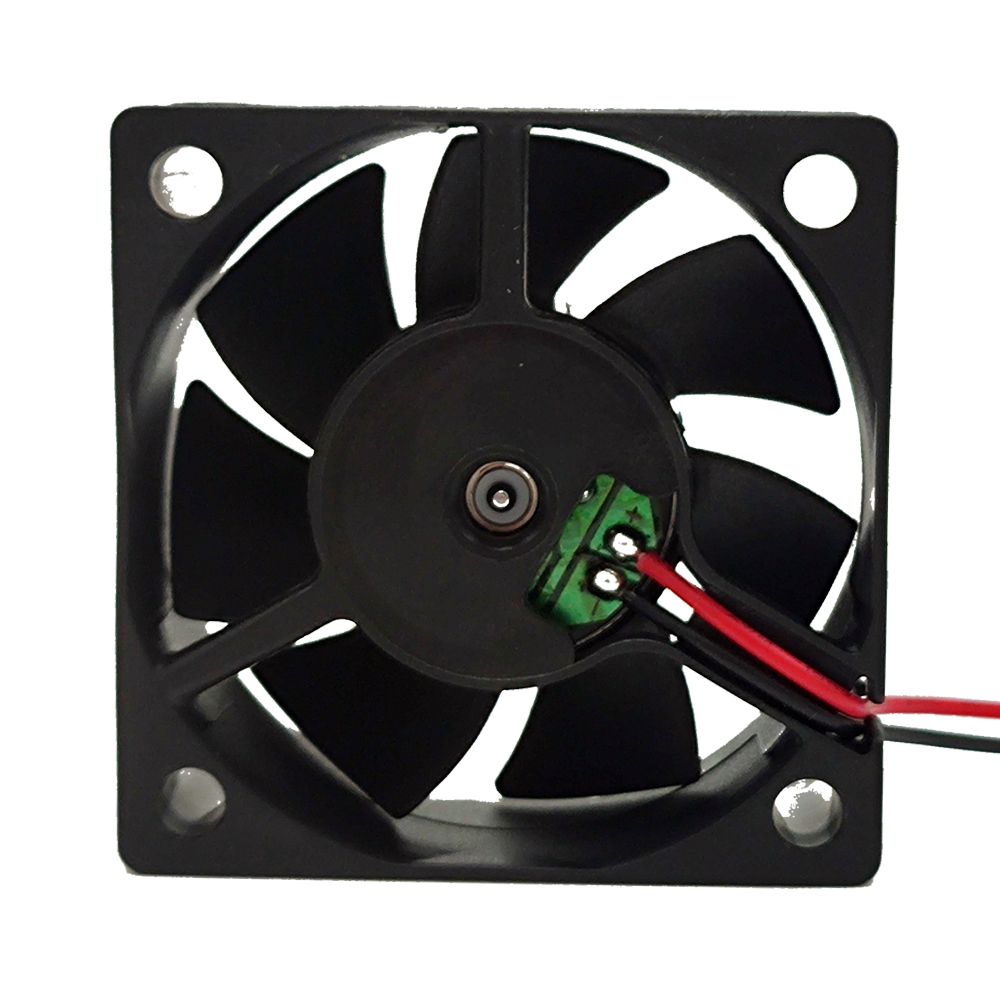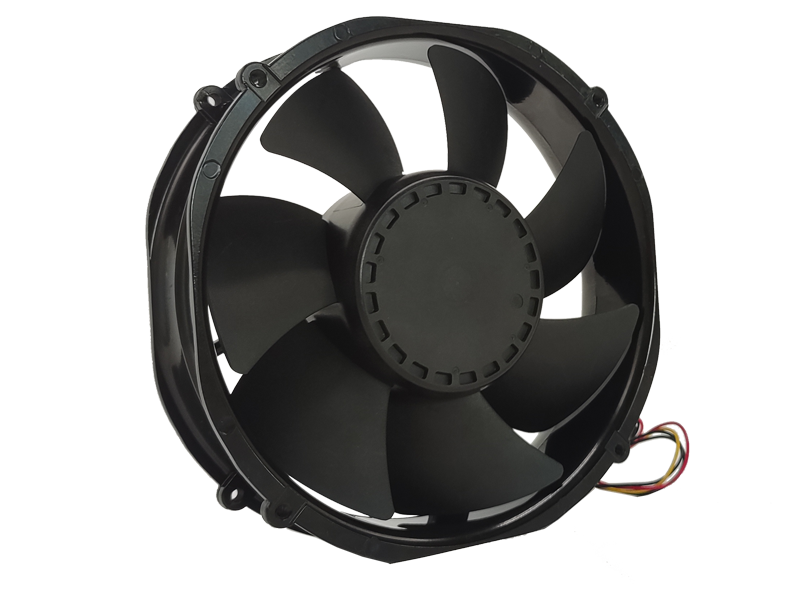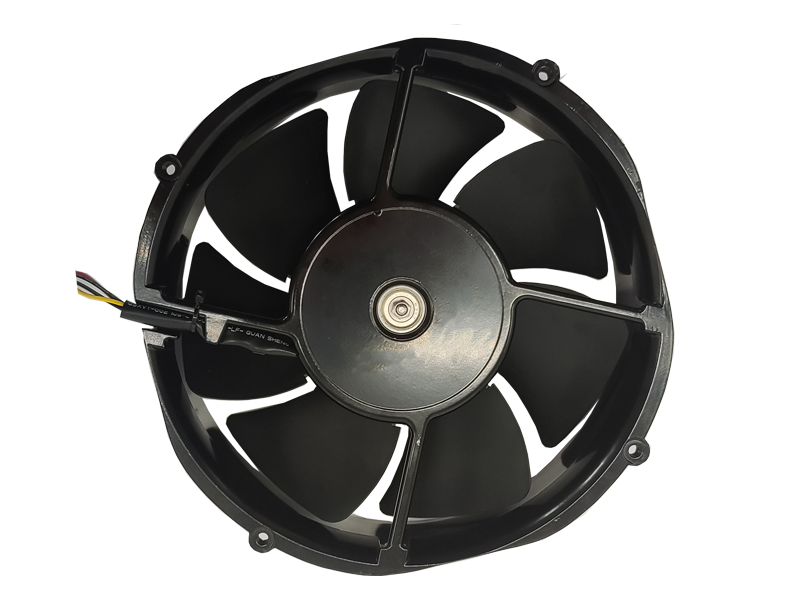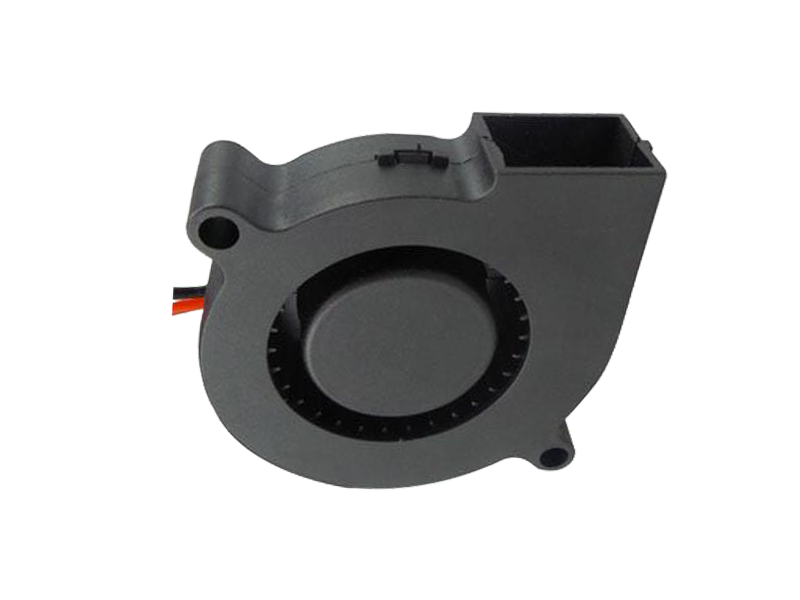Industrial fans are crucial components in various manufacturing processes, warehouses, and commercial applications. These fans are designed to handle the complex task of ventilation, cooling, and air circulation in large-scale operations. Over the years, industrial fans have evolved significantly, driven by advancements in technology, changing market demands, and the need for more energy-efficient solutions. This article explores the evolution of industrial fan products, the key technological innovations that have reshaped their design and functionality, and the future direction of the industry.
1. The Role and Importance of Industrial Fans
Industrial fans are used across a wide range of industries, including manufacturing, agriculture, mining, and HVAC (Heating, Ventilation, and Air Conditioning). They are primarily employed for:
Air circulation: Ensuring that air moves efficiently throughout an industrial facility to reduce hot spots and maintain consistent temperatures.
Cooling: In heavy machinery and factory settings, industrial fans play a critical role in cooling down equipment to prevent overheating.
Ventilation: These fans are essential for removing exhaust gases, fumes, and dust from the air, ensuring a safe working environment.
Humidity Control: In some environments, maintaining optimal humidity levels is essential to prevent damage to products, materials, or even personnel.
Given their importance, industrial fans are critical to maintaining the safety, efficiency, and comfort of operations. Their design must ensure durability, high performance, and adaptability to varying conditions.
2. Historical Overview and Early Innovations
The history of industrial fans dates back to the late 19th and early 20th centuries when they were first introduced to replace manual ventilation methods such as air shafts, windows, and natural airflow. Initially, industrial fans were simple mechanical devices driven by belts, steam engines, or electric motors. The early models were large, bulky, and inefficient in terms of energy use.
By the mid-20th century, there was a shift towards more advanced electric motor-driven fans, offering better control and efficiency. This period also saw the introduction of the centrifugal fan, which was more effective at generating high pressure for ventilation purposes. The centrifugal fan quickly became the standard for most industrial applications because of its ability to handle high air volumes and resist clogging.
3. Technological Innovations in Modern Industrial Fans
As the industrial sector continued to grow, technological innovations revolutionized fan design, making them more efficient, powerful, and customizable.
a. Energy Efficiency Improvements
Energy consumption has always been a significant concern in industrial fan operations. With energy costs rising and sustainability becoming a key focus for many companies, the demand for energy-efficient industrial fans has surged. Modern industrial fans are now designed with energy-saving features such as variable frequency drives (VFDs), which adjust the fan's speed based on the required airflow, optimizing energy consumption.
Additionally, newer fan designs incorporate advanced motor technologies, such as permanent magnet motors, which are more efficient than traditional induction motors. These motors offer higher torque and lower energy consumption, helping industrial facilities reduce their operational costs.
b. Advanced Materials and Durability
The materials used in industrial fans have also evolved to improve their performance and longevity. Fans today are often constructed from high-strength alloys, composite materials, or corrosion-resistant coatings, enabling them to withstand harsh environments, such as those found in chemical plants, food processing facilities, or mining operations. The use of lightweight materials not only reduces energy consumption but also allows for easier handling and installation.
c. Noise Reduction Technology
Noise is another important consideration when designing industrial fans. Prolonged exposure to high noise levels in industrial settings can be detrimental to workers’ health and productivity. Modern industrial fans are now equipped with noise-reduction technology, such as aerodynamic blade designs and vibration isolation features, to minimize noise output while maintaining high airflow performance.
d. Smart and IoT-Enabled Fans
The advent of the Internet of Things (IoT) has brought about a new era of smart industrial fans. These fans are equipped with sensors and connectivity features that enable them to communicate with other devices in a facility’s automation system. IoT-enabled fans can monitor operational parameters such as temperature, humidity, and airflow in real-time. Data collected from these fans can be used for predictive maintenance, identifying issues before they lead to equipment failure, and optimizing fan performance for maximum efficiency.
4. Trends Shaping the Future of Industrial Fans
The industrial fan market is continuously evolving, and several key trends are likely to shape the future of fan products:
a. Growing Demand for Customization
As industries become more specialized, the need for customized industrial fans has increased. Off-the-shelf products may not always meet the unique demands of a particular facility, so manufacturers are now offering custom solutions tailored to specific requirements. Customizations may include modifications to fan size, blade configuration, motor capacity, and material selection.
b. Integration with Green Building Standards
Sustainability and green building certifications such as LEED (Leadership in Energy and Environmental Design) are gaining importance across industries. As a result, industrial fan manufacturers are incorporating environmentally friendly practices into their designs. These include optimizing airflow for energy efficiency, using eco-friendly materials, and reducing noise pollution.
c. The Rise of Automation
Automation and robotics are increasingly being integrated into industrial fan systems, enabling better control and monitoring. Automated fans can adjust to changing conditions in real-time, reducing the need for manual intervention and ensuring optimal performance. The integration of AI and machine learning algorithms will further enhance the ability of fans to predict and adapt to varying conditions.

5. Challenges Facing Industrial Fan Manufacturers
Despite the advances in technology, industrial fan manufacturers face several challenges:
Increasing competition: As the global market for industrial fans becomes more competitive, manufacturers must continually innovate and differentiate their products.
Regulatory compliance: With more stringent environmental regulations being introduced worldwide, manufacturers must ensure their products meet the required standards for energy consumption, noise levels, and emissions.
Customization costs: While demand for customized industrial fans is on the rise, the cost of producing custom solutions can be high, limiting their accessibility to smaller businesses.
6. Conclusion
The industrial fan industry has come a long way from its early days of simple mechanical devices to the highly advanced, energy-efficient, and smart systems of today. Innovations in motor technology, materials, and automation have made industrial fans more efficient, durable, and customizable, ensuring they meet the diverse needs of modern industries. As the demand for energy-efficient and sustainable solutions continues to grow, the future of industrial fans will be shaped by trends such as IoT integration, automation, and customization. However, challenges such as regulatory compliance and increasing competition will require manufacturers to remain agile and continue pushing the boundaries of technology.
Recommended Products

The main purpose:Car charging station

The main purpose:Car charging station

The main purpose:Electronic refrigerators, water dispensers, direct drinking machines, inverter power supplies
Address:No. 4137, Longgang Avenue (Henggang Section), Henggang Community, Henggang Street, Longgang District, Shenzhen
hotline:13530005572(Chen)15112579390(Li)


Welcome all friends to come for consultation and negotiation.
Copyright 2024 @ Shenzhen Youneng Xinyuan Electronics Co., Ltd.,(industrial fans,industrial blowers,axial fans,cooling fans manufacturer,centrifugal fans,ac cooling fans,dc cooling fans)